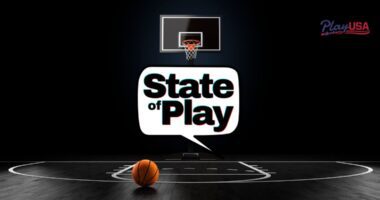The Inaccuracies in Media Coverage of the Tarkanian Story in Relation to NCAA-Vegas
The NCAA-Vegas scandal involving legendary basketball coach Jerry Tarkanian has been a hot topic in the media for decades. However, the accuracy of media coverage surrounding this story has been called into question, with many inaccuracies and misrepresentations being reported.
One of the most significant inaccuracies in media coverage of the Tarkanian story is the portrayal of him as a corrupt coach who was constantly breaking NCAA rules. While it is true that Tarkanian had a contentious relationship with the NCAA and was often at odds with their regulations, he was not the only coach to do so. Many other coaches during this time period also had run-ins with the NCAA, but Tarkanian was singled out and portrayed as a villain in the media.
Another inaccuracy in media coverage of the Tarkanian story is the portrayal of him as a coach who only cared about winning and was willing to do anything to achieve it. This narrative ignores the fact that Tarkanian was a coach who cared deeply about his players and their well-being. He was known for recruiting players who were considered “at-risk” and providing them with a support system that helped them succeed both on and off the court.
Additionally, media coverage of the Tarkanian story often fails to acknowledge the racial dynamics at play during this time period. Tarkanian was one of the few coaches who actively recruited Black players, and his success in doing so was seen as a threat to the predominantly white power structure of college basketball. This led to increased scrutiny and criticism of Tarkanian, which was often framed as him being a “rule-breaker” rather than a coach who was challenging the status quo.
Finally, media coverage of the Tarkanian story often fails to acknowledge the role that the NCAA played in perpetuating these inaccuracies. The NCAA had a vested interest in portraying Tarkanian as a villain, as it allowed them to maintain their power and control over college basketball. By demonizing Tarkanian, the NCAA was able to deflect attention away from their own shortcomings and failures.
In conclusion, the inaccuracies in media coverage of the Tarkanian story in relation to NCAA-Vegas are numerous and significant. It is important to recognize these inaccuracies and strive for a more accurate and nuanced understanding of this complex and controversial story. By doing so, we can gain a deeper understanding of the history of college basketball and the role that race, power, and politics have played in shaping it.
